









Come along with Tidbits as we consider random facts and useless knowledge!
• The hills comprising the Scottish Highlands in the British Isles are a continuation of the Appalachian Mountains in the U.S. The two chains were connected before continental drift opened up the Atlantic Ocean.
• Pin cushions often look like little red tomatoes. Those little tomatoes are filled with emery powder of the same type that emery boards are made of. This sand cleans and sharpens pins and needles thrust into it.
• Honey never spoils. Archaeologists examining King Tut’s tomb found jars of honey dating back 2,000 years that was still edible. The oldest honey ever found was found in the tomb of a noblewoman in Tbilisi, Georgia. It was approximately 5,500 years old and unspoiled because of the low moisture content and acidic qualities.
• Fresh eel blood is more toxic to mammals than most other venoms that appear in the animal kingdom. The toxin causes muscles to cramp, including the heart. This is why eel is always served cooked well done.






• Fiddler crabs are either left-clawed or rightclawed at the same proportion as humans are left- or right-handed. (cont)



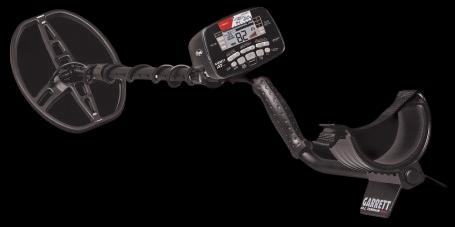




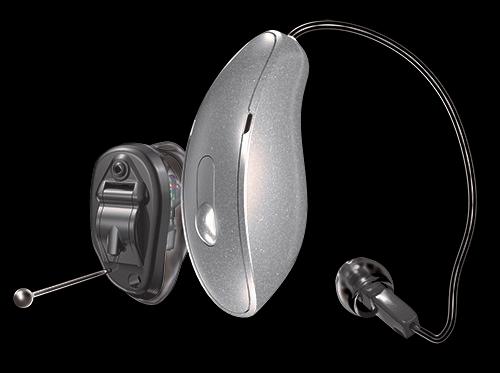

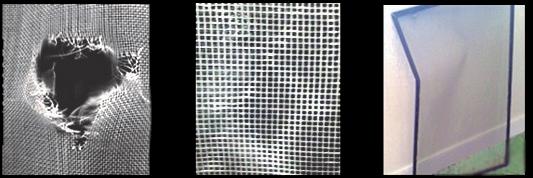






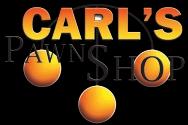





is Published & Distributed Weekly By: CindAl Publishing Company 812 55th St. Vienna, WV 26105
e-mail: alan@tidbitsmov.com
Advertising: 304.210.3812
We reserve the absolute right to accept, reject, discontinue or refuse any advertisement personal or commercial that we deem may not be conducive for our publication or Tidbits®. The publisher does not assume any responsibility for the claims of its advertisers. Tidbits® is committed to remain a family oriented publication. www.tidbitsmov.com
• Botanically speaking, to be considered a berry, the item must have three layers composed of the skin, the flesh, and the berries; it must contain two or more seeds; and it must develop from the single ovary of a single flower. Strawberries, blackberries, and raspberries are not true berries. Neither are cherries. Watermelons are berries, as are bananas, tomatoes, blueberries, peppers, eggplants, and avocadoes
• Albert Einstein used math to predict the existence of black holes 40 years before the Hubble telescope provided the first solid evidence that they exist.
• George Washington owned many slaves and was particularly irked when one of them, a woman named Ona Judge, successfully escaped. He was angry because he felt he had treated her well.
• The first computer “bug” in history was actually a moth that crawled into the machine and died. It was found and “de-bugged” on September 9, 1947, at Harvard University.
• There are hydroelectric dams upstream from Niagara Falls. At night during peak tourist season they reduce the amount of water flowing over the falls by 50%, funneling it into reservoirs to be used for power generation during the day. The flow over the falls is cut by 75% during winter months.
• The difference between a cemetery and a graveyard is that a graveyard is attached to a particular holy place such as a church, temple, or monastery, whereas a cemetery is any other burial place that is open to all. The word “cemetery” comes from the Greek phrase meaning literally “sleeping place.”
• When female lions are pregnant, each unborn kitten is encased in an internal “hammock” that swings as she moves. This helps stabilize her movement as she runs and hunts. (cont)

In this issue of TidbitsMOV our boy Tommy Tidbits is hiding

Find him and enter the weekly contest, please send us a message including your name, Postal mail address the issue number you are referring to and which ad is hosting Tommy for the week!
Visit www.tidbitsmov.com or send the answer with the above information to alan@tidbitsmov.com OR you may send us a private message to our Facebook page - @TidbitsMOV. PLEASE do not post the answer directly to the page - that ruins the fun for everyone. All winners will be drawn randomly from correct responses and will be posted weekly. As with all our contests, though you are welcome to play every week, you are only eligible for one winner per household per month.






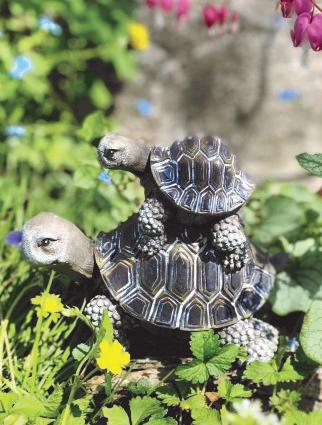

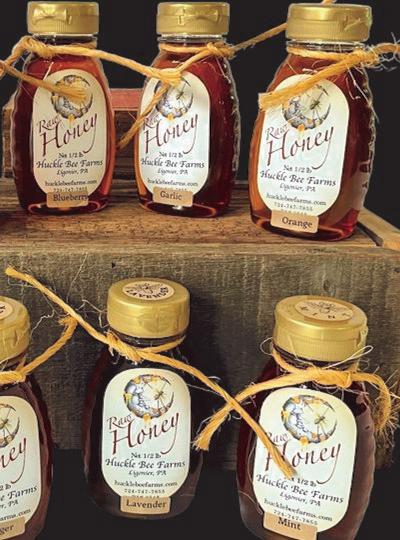

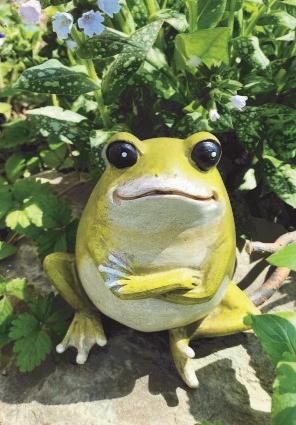




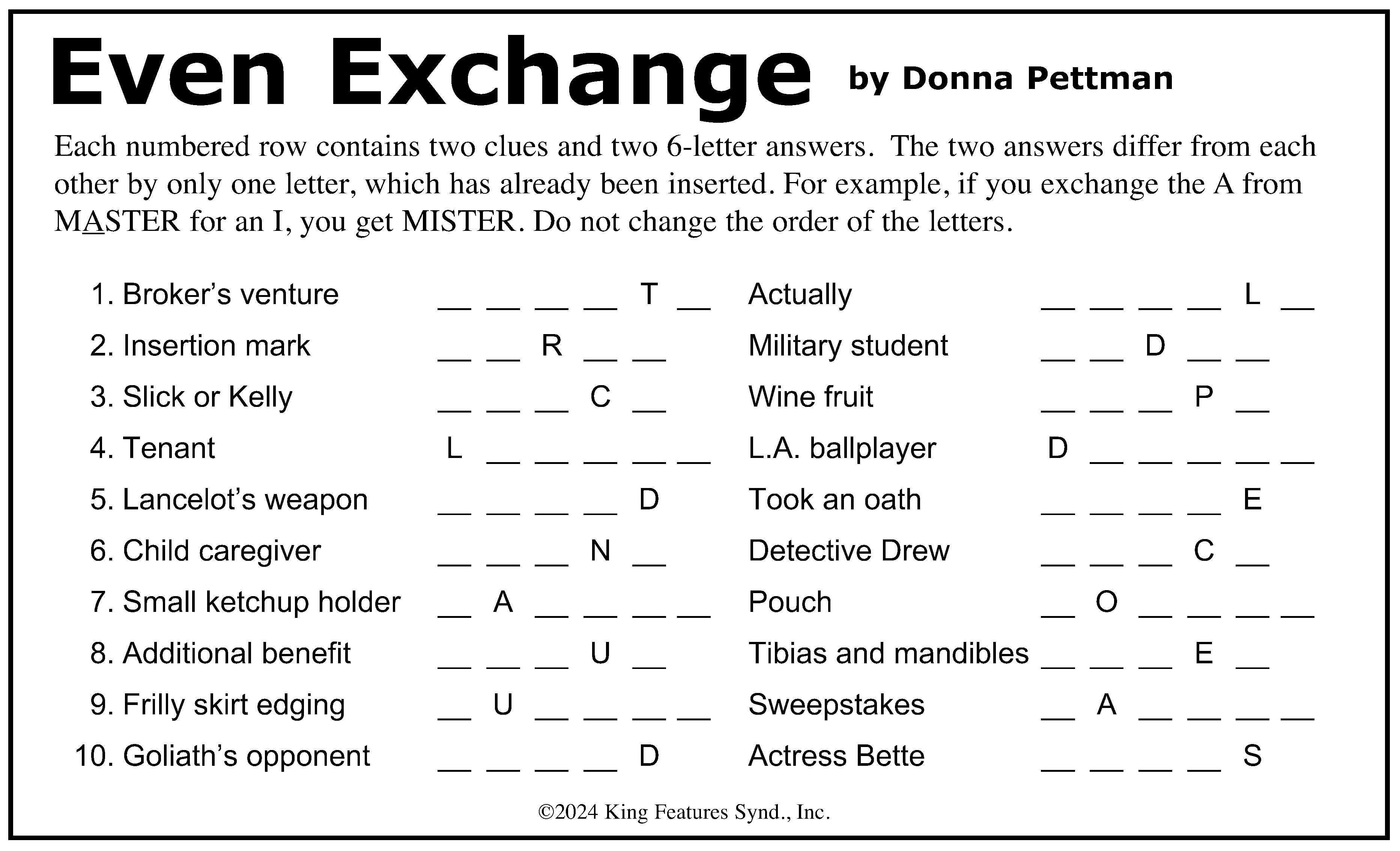

• Lions urinate upwind from prey so the scent blows over to where they are grazing. When the prey moves downwind to safety, they run to where the rest of the pride lays in wait.
• The roar of the MGM lion is actually the dubbed roar of a tiger. Similarly, the call of an eagle in movies is usually over-dubbed by the more dramatic call of a red-tailed hawk.
• Humans have continuously inhabited Australia for nearly 70,000 years, but the nearby island nation of New Zealand has been inhabited for only 850 years. That’s when the first Maori arrived. New Zealand was the last major landmass that was settled by humans.
• The continent of Australia is wider than the Moon. Russia is wider than Pluto.
• Groundhogs and woodchucks are the same animal.
• Mozart had an older sister that was just as talented as he was, but their parents pushed her to “retire” while pushing him to succeed. She was the one who preserved his music following his death along with Mozart’s wife.
• The modern Homo sapiens is not substantially smarter than the first Homo sapiens of the hunter-gatherer variety; it’s just that we have access to the knowledge accumulated through history, the benefits of its application, and efficient ways of sharing it.
• Oxford University in England was founded around 250 years before the Aztec Empire.
• The Wright Brothers’ first flight at Kitty Hawk was in 1903. Apollo landed on the Moon in 1969. Only 66 years passed between the two events. Neil Armstrong was born in 1930 and was 17 years old when Orville Wright died in 1948. Theoretically, the first man to walk on the Moon could have met the first man to fly.
• We put men on the Moon before anyone even thought to put wheels on luggage. (cont)
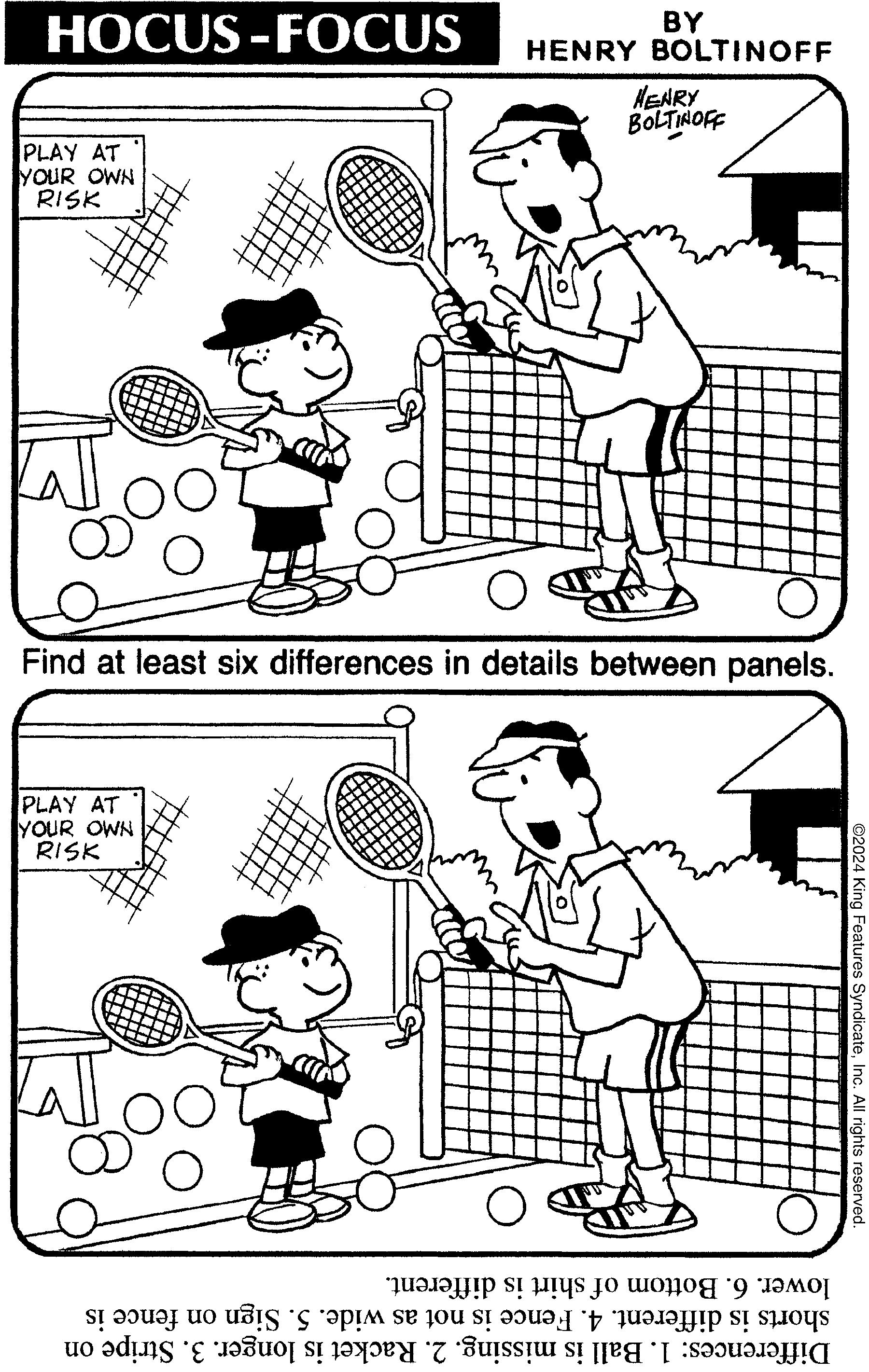









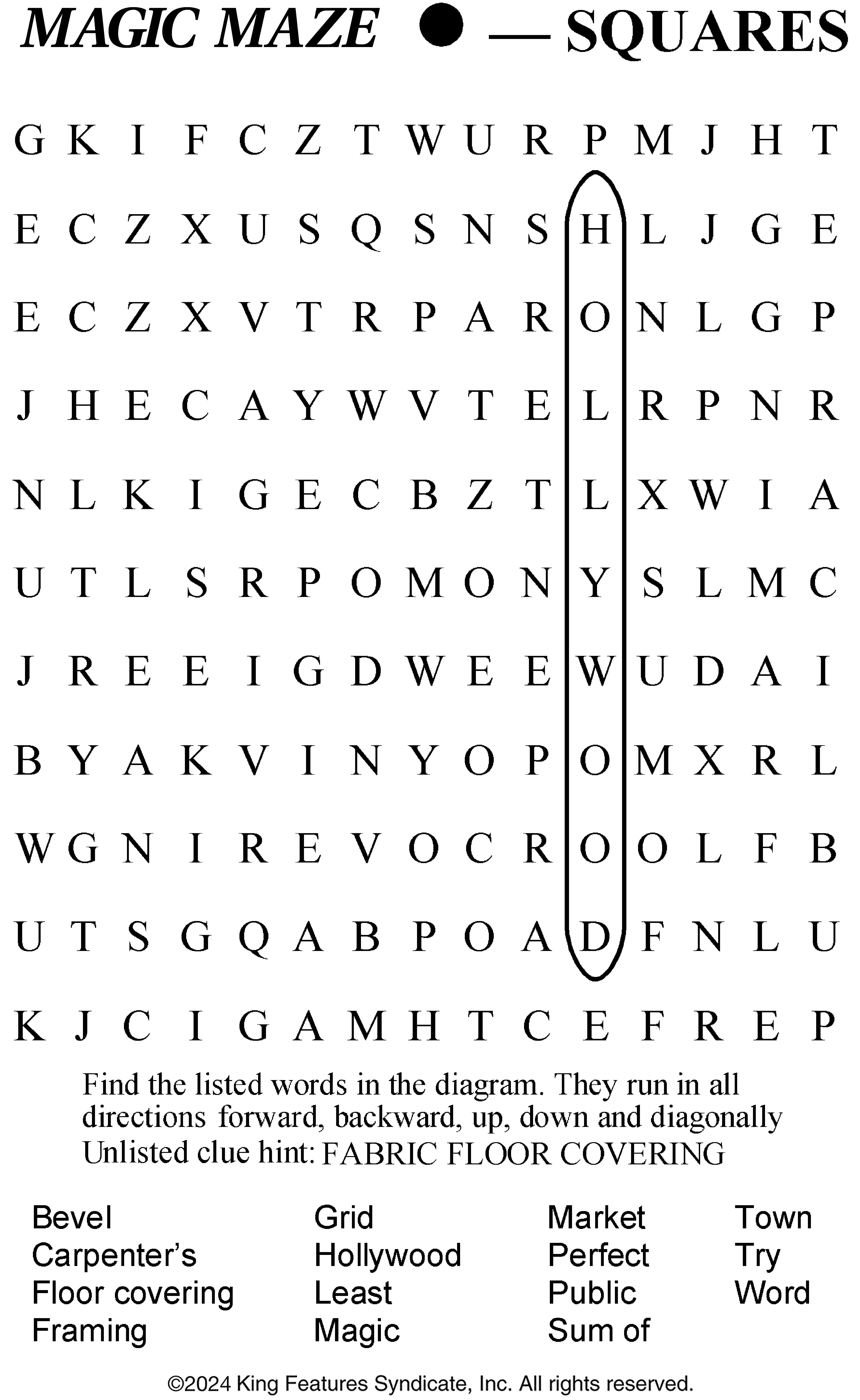
• The first flowering plants didn’t appear until millions of years after dinosaurs went extinct. The same is true for grasses. If you see dioramas or depictions of dinosaurs surrounded by flowers and grass, they’re inaccurate.
• Mammoths still existed at the time that the Pyramids were being built in Egypt.
• By the time Cleopatra was born around the year 69 B.C., the Pyramids were already over 2000 years old.
• Blue whales are the loudest animals on the planet, with vocalizations that can reach 188 decibels.
• Whales still have the remnants of vestigial back legs, with all the bones still intact, though diminished in size, from when they started their evolutionary journey as a landroaming quadruped called Pakicetus. Though some animals evolved in the sea and moved to land, whales evolved on land and moved to the sea.
• Lions are called “king of the jungle” but they don’t live in the jungle; they live on the savannah.
• Cheetah cubs when they are born have white stripes on their backs which make them look exactly like honey badgers. The honey badger is a formidable fighter and most animals give them a wide berth. Cheetahs outgrow the stripes as they mature.
• Bees have tiny hairs all over their eyes, which help the bee sense wind direction and speed. This helps the bees find their way home on windy days.
• Right now there are about 8 billion people on the planet. Throughout history, since the dawn of Homo sapiens, it’s estimated that 117 billion people have lived on Earth.
• Fungi share more DNA with humans than with plants.









Ah, it's strawberry season. Late spring is that sweet spot of the year when the strawberry bounty is at its peak. This is the time when they're at their juiciest, most vibrant and most irresistible. A fleeting season to be savored and celebrated.
And what better way to preserve this essence of late spring and savor it all year long than by whipping up a batch of strawberry freezer jam?
First things first, let's talk about what makes freezer jam so irresistible. Unlike its traditional counterpart, freezer jam skips the boiling, reducing and cooking steps, making it a breeze to whip up. Also, because the berries aren't cooked, you keep the essence of the flavor of fresh strawberries.
Here's the lowdown on crafting the perfect batch of freezer jam: Prep, mix, set and store it's that simple!
No fancy canning required. Just pop your jars in the freezer and voila!
Months of deliciousness ready to be enjoyed whenever a craving strikes.
STRAWBERRY FREEZER JAM
Yield: 5 cups
Total Time: 30 minutes + freeze time
4 cups strawberries, about 2 pounds
1 lemon, zest, and juice
2 cups sugar
1/2 teaspoon vanilla extract
1 (3 ounce) pouch liquid pectin, for
freezer jam
Wash and finely dice the strawberries. Use a fork or potato masher to crush some of the berries. They can be mashed well or left chunky. Just be sure you have 4 cups of berries total. Place them in a large mixing bowl. Wash your lemon and grate 1 teaspoon of zest, then squeeze the lemon, hoping for around 2 tablespoons of juice. A little more or less juice won't harm anything. Add the zest, juice and sugar to the strawberries. Mix very well and let this rest for 10 minutes while the sugar dissolves. Once the sugar has dissolved, stir in the pectin, a little at a time, until well incorporated. Continue gently stirring for 5 minutes. Set yourself a timer so you don't skimp on this step. Let the jam rest for 2 minutes. Stir for 2 minutes more. Yes, it's a lot of stirring. If you have children, I imagine they would enjoy stirring jam. Pour into freezer jam containers or glass jars. Allow room for expansion in your containers. Keep jam in the freezer for up to a year. Thaw slightly in the fridge before enjoying. Some dos and don'ts: I don't recommend doubling this recipe; make two separate batches if needed. I do endorse freezing jam in glass jars. Now, some may express concerns about it, but I've been doing so for years without a single mishap. Just be certain to leave the lids loose during freezing time and always leave an inch or so of space at the top of each jar to accommodate expansion during freezing.

You deserve the very best, especially when it come to your hearing! Loss of hearing can reduce your overall quality of life. Ohio Valley Hearing Professionals will provide everything you need to regain your hearing, including; testing, fitting, programming & maintenance. We also offer financing to fit every budget.
Ask Ohio Valley Hearing Professionals how the Widex SmartRIC will go beyond better hearing to empower you with better living!

purchase
Now, what to do with all this deliciousness? Serve it on toast or with fresh bread and peanut butter for a classic PB&J! Spoon it into some overnight oats, into some yogurt, or slather on scones. Or use it on French toast, waffles or pancakes! Make jam thumbprint cookies or cookie bars, or drizzle over ice cream. Smear it on some homemade biscuits or eat it with a spoon. Strawberry jam is the perfect hostess gift! Imagine gifting a jar tied with a ribbon and a heartfelt tag, filled with homemade goodness. It's a thoughtful gesture that's sure to leave a lasting impression.
So, there you have it, folks the ins and outs of strawberry freezer jam. With a few simple steps, you'll be spreading joy, one jar at a time. ***
Lifestyle expert Patti Diamond is the penny-pinching, partyplanning, recipe developer and content creator of the website Divas On A Dime Where Frugal, Meets Fabulous! Visit Patti at www.divasonadime.com and join the conversation on Facebook at DivasOnADimeDotCom. Email Patti at divapatti@divasonadime.com (c) 2024 King Features Synd., Inc.
Spread the love! Fresh strawberry jam a taste of homemade perfection.
PHOTO CREDIT: www.JasonCoblentz.com







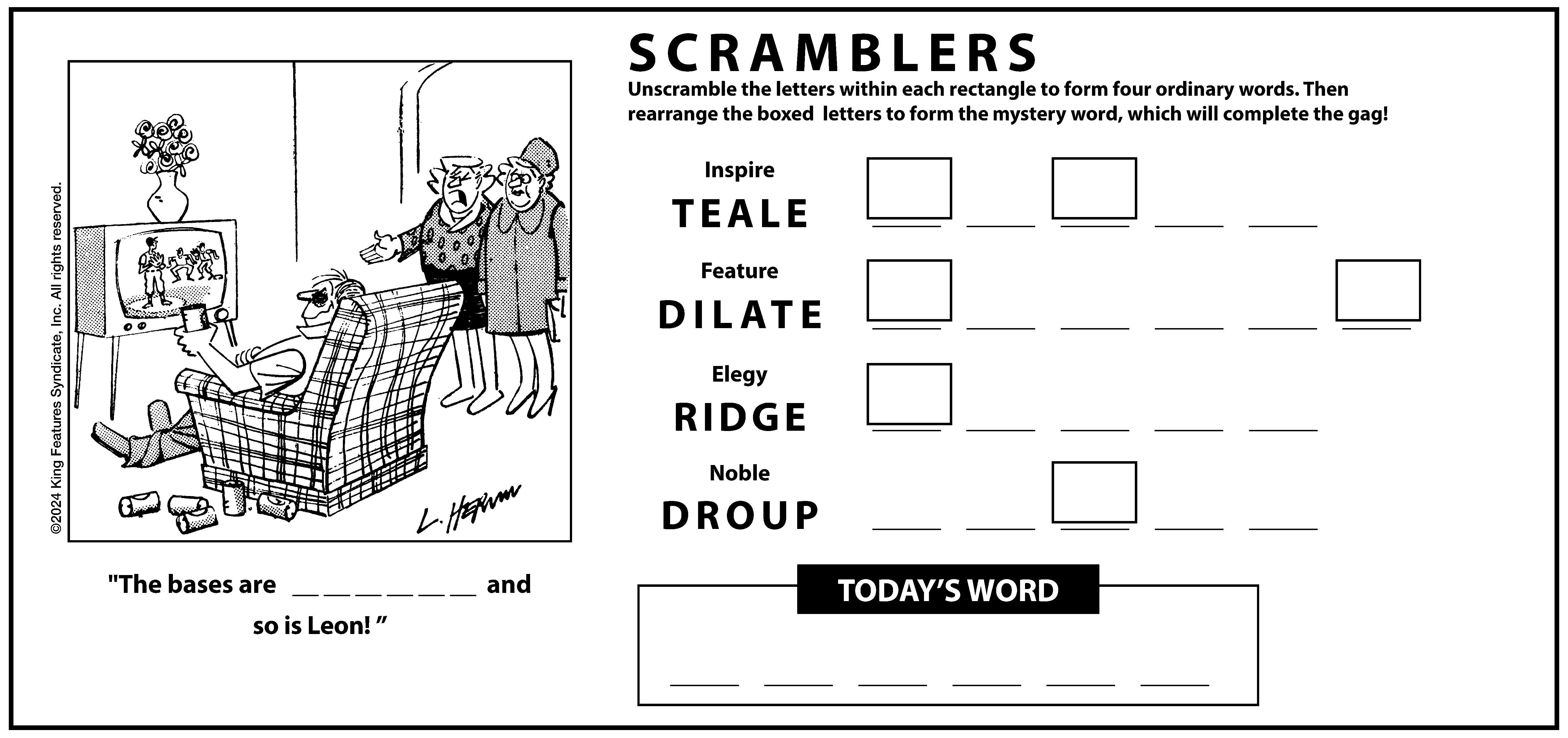
• In the early days, it was hard to measure vision. One early eye doctor used mustard seeds, asking his patients how many they could count from increasing distances. It was an inexact science.
• Herman Snellen was a Dutch eye doctor who devised the solution. In 1862 he invented the eye chart that is still used today. It typically has a large letter “E” at the top, and each line below has an increasing number of letters that get progressively smaller. He carefully calibrated the ratio of one line of letters to the next, so there was an exact mathematical progression of decreasing size.
• The chart was an instant hit. The British Army began using it immediately because they needed a standardized method of measuring their soldier’s visual acuity. The Snellen Eye Chart is generally recognized as being the most famous poster in history.
• After much experimentation, Snellen determined what a normal person with average eyesight could discern at a distance of 20 feet. When it’s said that a patient has 20/20 vision, this means that what an average person can see clearly at 20 feet, the patient can also see at 20 feet. A patient with 20/60 vision can see clearly at 20 feet what a normal person can see at 60 feet. Someone with 20/200 vision can see clearly at 20 feet what a normal person can see at 200 feet.
• Of the 11 lines of letters, most people with normal vision can see all but the last three or four lines, which generally means they have 20/20 vision. A person who cannot read any lines of letters below the large E on the top has 20/200 vision.
• 20/200 vision means the person is legally blind. In most states, people applying for a driver’s license must prove they have at least 20/60 vision to qualify for a license. .
(Continued page #7)


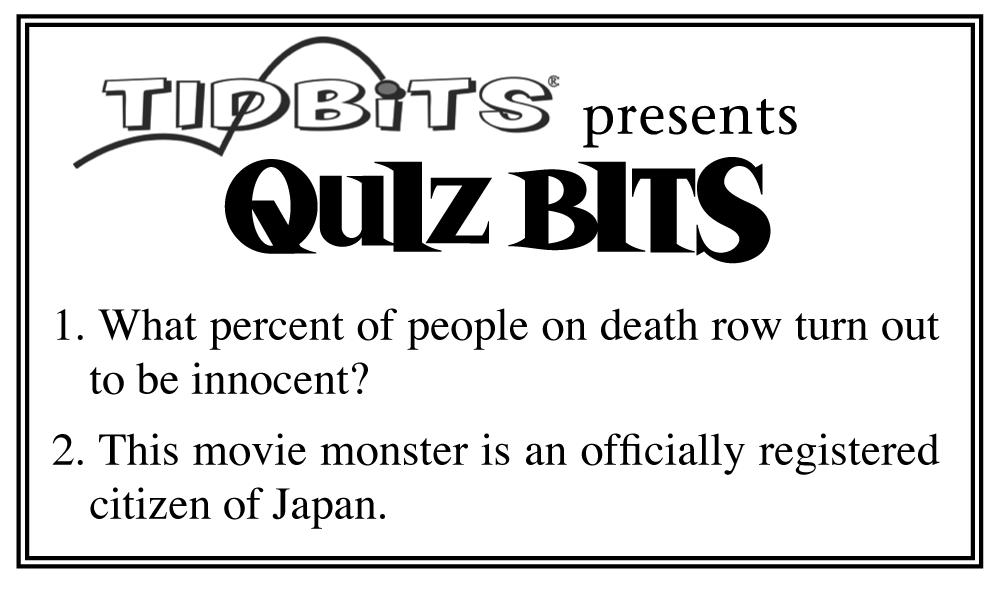





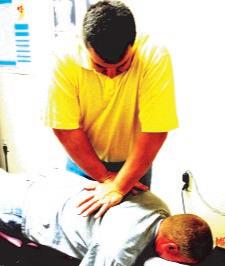

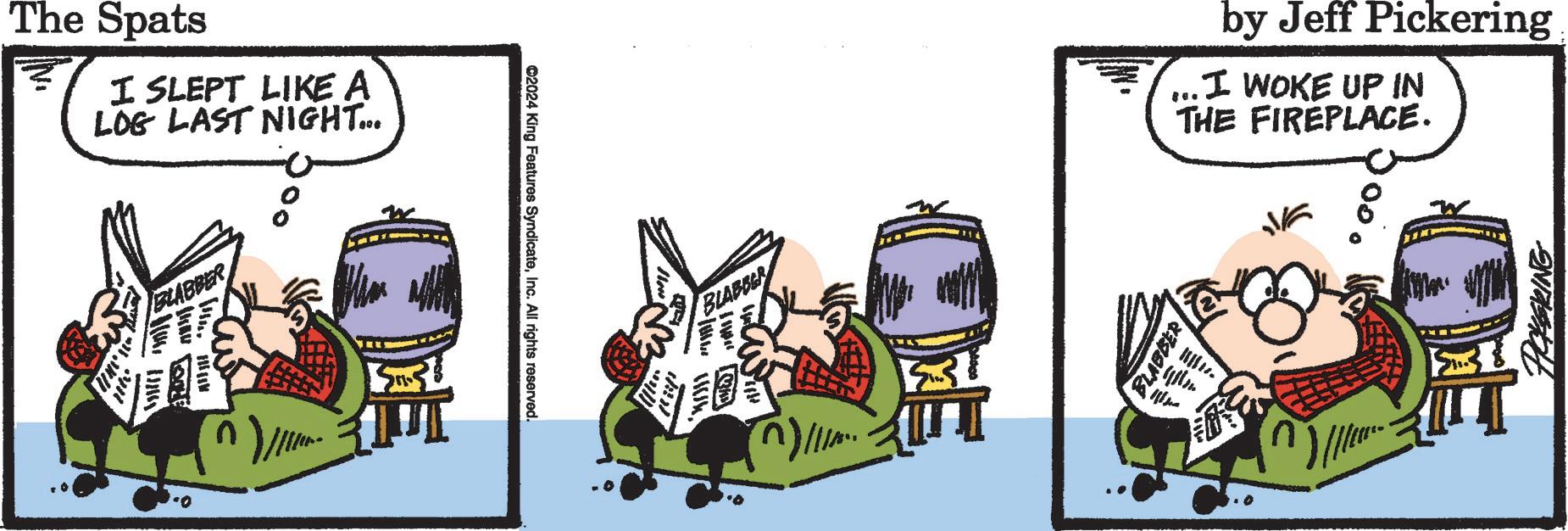





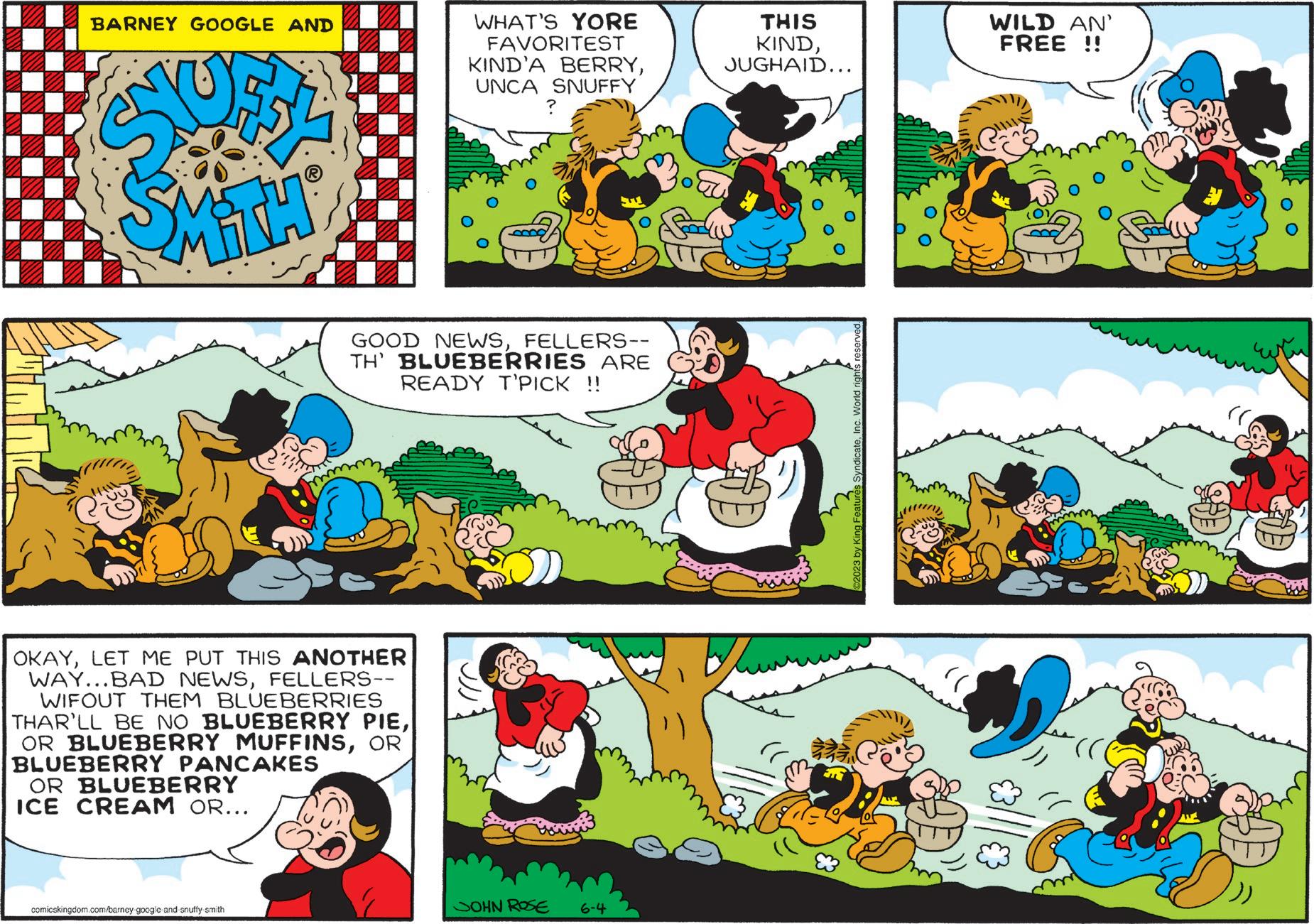




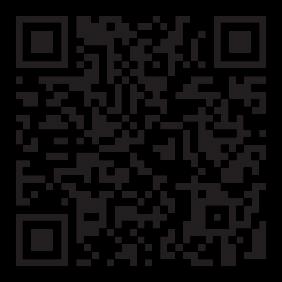




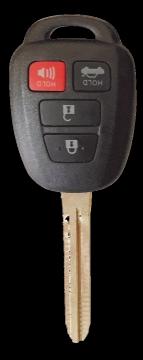
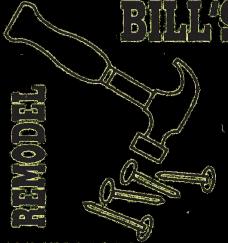





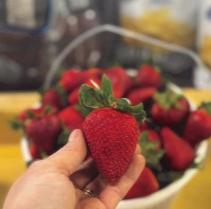












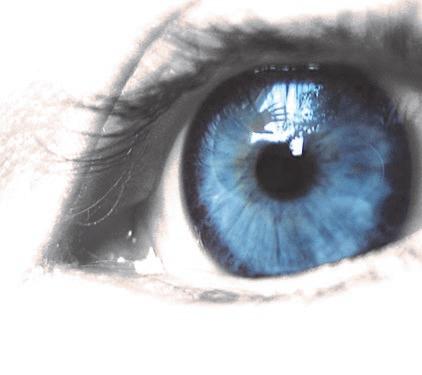

DEAR PAW'S CORNER: I have a dog and a cat, and my last vet visit cost over $300. It's incredibly difficult to pay for vet care on top of the ridiculous cost of housing, grocery prices and my own health care costs. How can I keep pet care affordable? John in Newton, Massachusetts
DEAR JOHN: Pet care can be quite pricey, and I know you want the best for your dog and cat. I just laid out a few hundred dollars for my senior cat's checkup and tests, so I feel your pain.
The Humane Society of the United States has some good information about cost-saving options, discounted veterinary services and ways to stretch out payments: www.humanesociety.org/resources/are-youhaving-trouble-affording-your-pet.
One interesting avenue is veterinary colleges. Today, almost every state has at least one school of veterinary medicine, and many operate low-cost clinics.
Check the town hall or municipal website for upcoming shot clinics. These are held in many communities at least once a year at an easy to access location (like a pet store) and offer required vaccinations at a very affordable cost Some clinics also offer microchip services and pet wellness exams for a few dollars more.
Finally, if you have the means and just want to get your budget under control, take a look at pet insurance. There are a number of companies providing this service, with several coverage options including reimbursing the cost of annual exams and vaccinations, as well as care for unplanned injuries and illnesses. Coverage varies, and it's important to read the fine print and compare plans closely, but it can really help keep unexpected costs from derailing your checking account.
Send your tips, comments or questions to ask@pawscorner.com.
(c) 2024 King Features Synd., Inc.
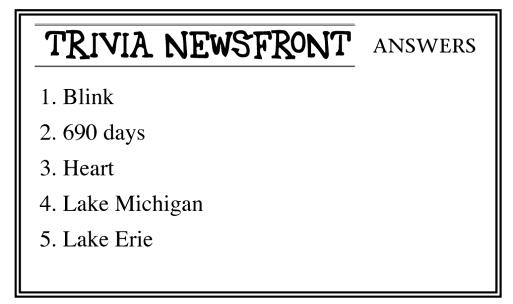

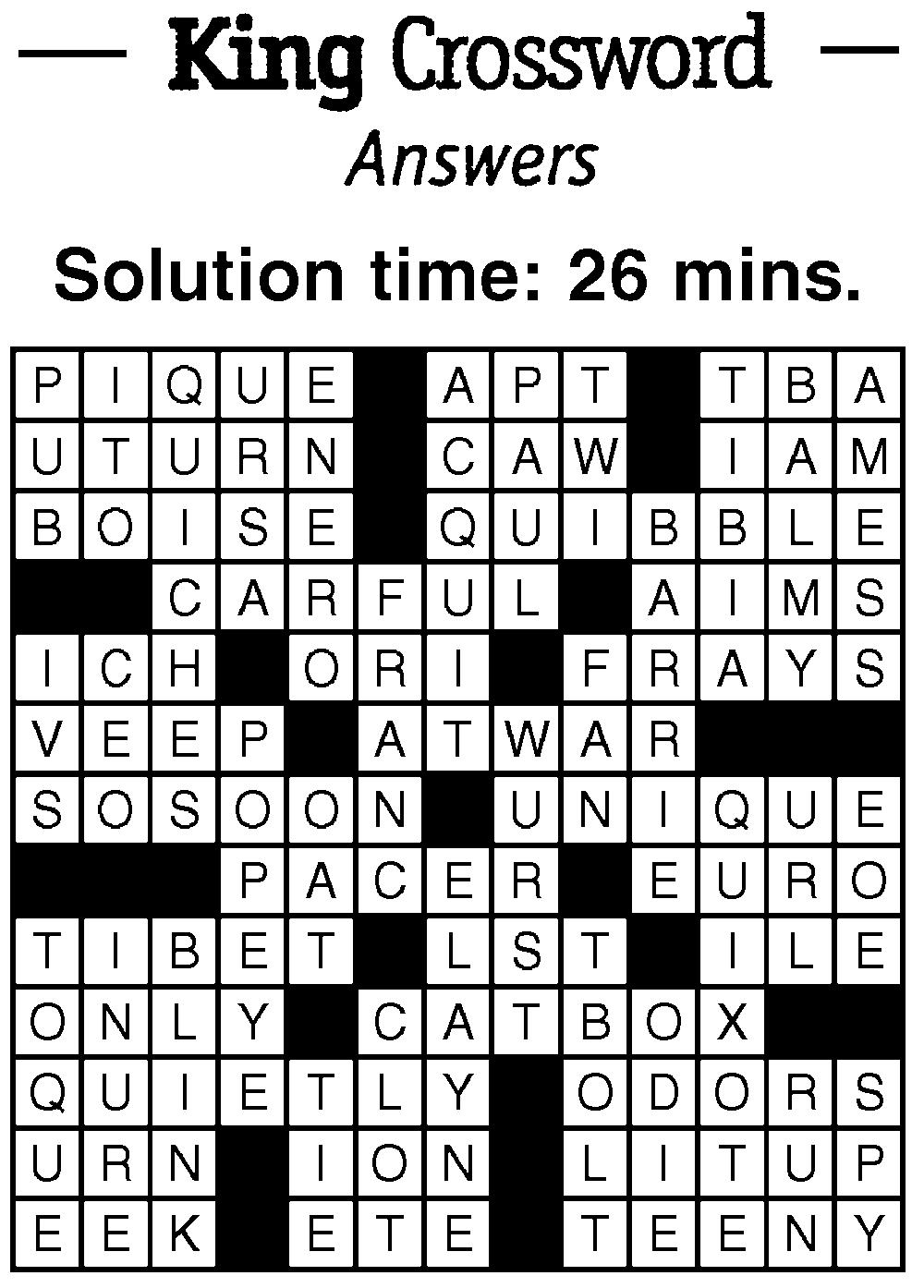






• If you can read the very last line of letters on the chart while standing 20 feet away, you have 20/5 vision, which means you can see at 20 feet what other people can only see from 5 feet away. This is not possible in humans. The best recorded vision in humans is 20/10 the ability to see objects clearly from 20 feet what an average human can only see from 10 feet. Many people have reportedly achieved 20/15 vision following laser vision correction.





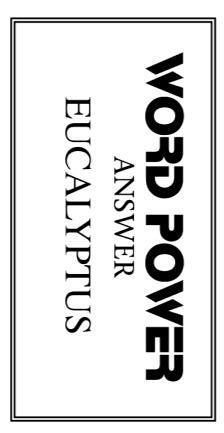
• If you’re taking the Snellen eye test by looking at a chart on the wall, you don’t necessarily have to be standing exactly 20 feet away from the chart literally. The size of the chart can be scaled down.
• Only the nine letters C, D, E, F, L, O, P, T, Z are used in the Snellen chart. He chose these letters because they are common among many European languages. Today, the charts have been translated into different “languages” to match the patient’s native tongue.
• Optometrists in countries that use the metric system don’t use 20/20 as the indicator of perfect vision. Instead, they use 6/6 referring to six meters, which equals 19.69 feet. (The metric system was implemented after Snellen devised his chart.) In this case, 6/6 is perfect vision, while 6/60, indicating that the person can see clearly at six meters what others can see at 60 meters, is legally blind.
• For people who are unable to identify letters, such as children or the illiterate, Snellen devised an even simpler test. It’s called the Tumbling E Chart. It looks like an ordinary eye chart except that every letter is a capital E, with the E’s pointing in all four directions. The patient must indicate with three fingers in which direction the E’s are pointing as the letters get progressively smaller.
• About half of adults need eyeglasses to correct vision deficiencies.



* If you keep aloe around for soothing your skin after being out in the sun, take this tip from J.C. in Florida: "Keep aloe in your fridge; it keeps it cool, and it feels even more refreshing."
* Want to eat more fruits and veggies? Keep pre-cut fruit and easy veggie dippers like carrots, bell pepper strips and celery at eye level in seethrough containers in your fridge. The more you see it, the more you will eat it.

* Use wide, flat rubber bands, such as you might find on a broccoli stalk, to identify your drinking glass. Write each person's name in permanent marker on the band, and slip over the glass. Another benefit? It makes the glass non-slip!
* WEDDING TIP: To create a beautiful garland for banisters, use white or lightcolored tulle, draped in sections and gathered with a lovely bow. Twist the tulle around a string of clear lights for an even more dramatic effect.
* To create an easy resting mat for toddlers, sew three pillowcases together in a row along the long end. When needed, stuff three pillows in, and it creates a long mat, suitable for naptime or TV time.
* M.R. in Wisconsin writes: "Chalkboard paint is a wonderful creation for creative kids. If you rent and can't paint, you can purchase large squares of smooth pressboard at a building supply store and paint those. Then just mount them to the wall using mirror clips. The kids absolutely love ours!"
Send your tips to Now Here's a Tip, 628 Virginia Drive, Orlando, FL 32803.
(c) 2024 King Features Synd., Inc.






